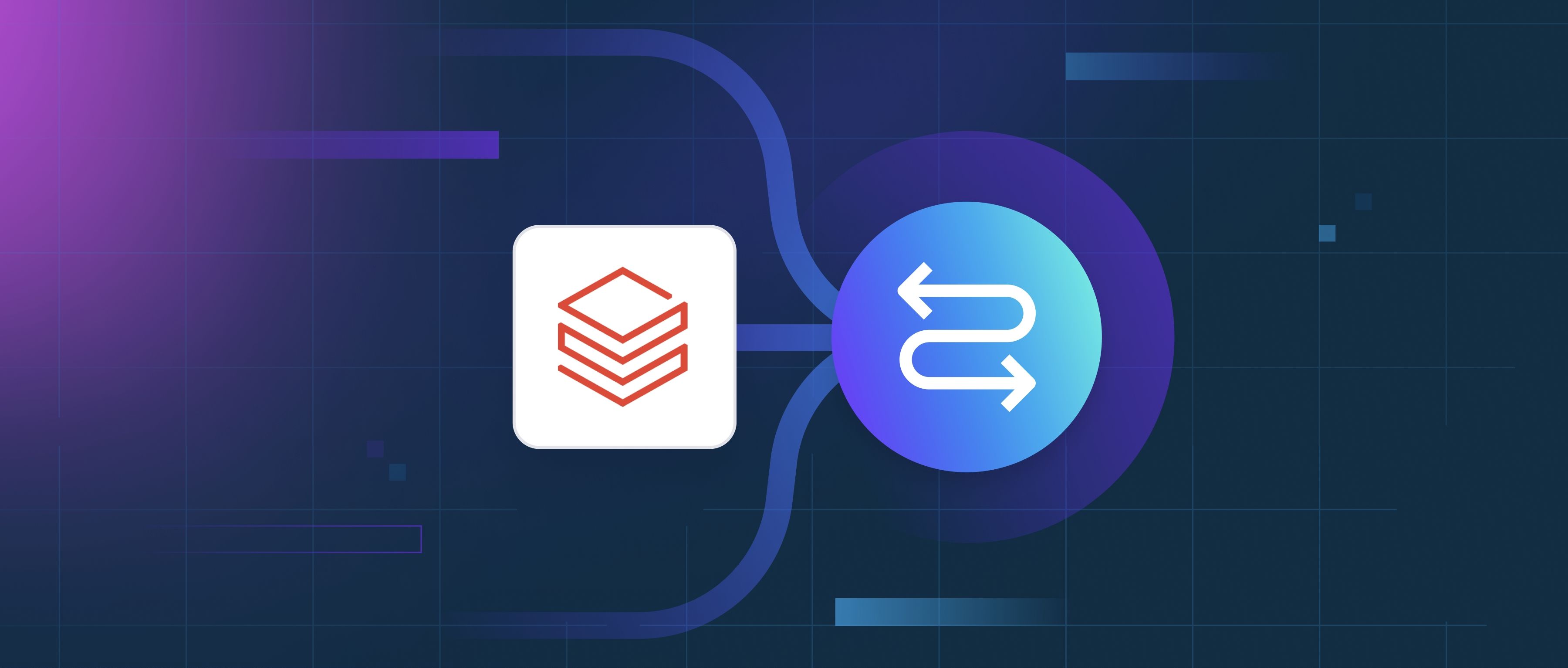DeepSeek ensures accessibility in its AI tools by incorporating a range of design and functionality practices aimed at making their products usable for all individuals, including those with disabilities. Accessibility is considered right from the initial design phase through to final implementation, ensuring that users can navigate, understand, and interact with the tools effectively. For instance, interfaces are designed to be compatible with screen readers, which are essential for visually impaired users. This means that all visual elements of the tool, including buttons, inputs, and menus, have appropriate labels and text descriptions that these assistive technologies can read aloud.
Moreover, DeepSeek employs standard accessibility guidelines, such as the WCAG (Web Content Accessibility Guidelines). Following these guidelines helps to create tools that have sufficient color contrast, allowing users with color blindness or low vision to distinguish between different elements on the screen. Additionally, the tools are designed to be navigable via keyboard alone, meaning that users who cannot use a mouse can still access all features by using keyboard shortcuts and tab navigation. This consideration broadens user accessibility significantly, enabling more people to benefit from the AI technologies provided.
Finally, DeepSeek engages in iterative user testing with a diverse group of participants, including individuals with disabilities. This user feedback is invaluable, as it allows the team to identify and rectify any accessibility barriers that may not be immediately apparent during development. Implementing feedback from real users ensures that the tools cater to a wide audience. By fostering ongoing communication with users, DeepSeek continuously improves its tools, ensuring they remain accessible and functional for everyone.
